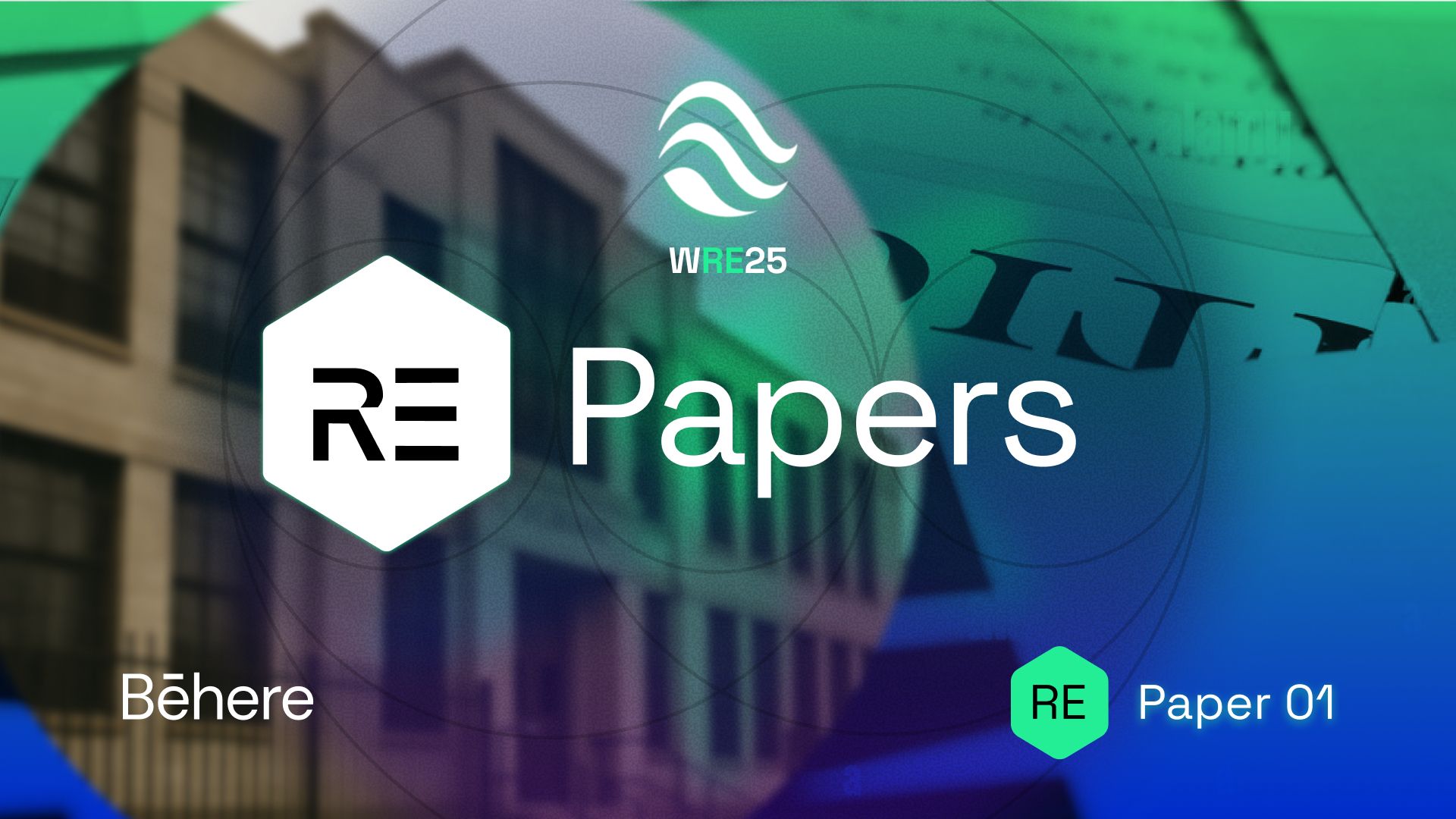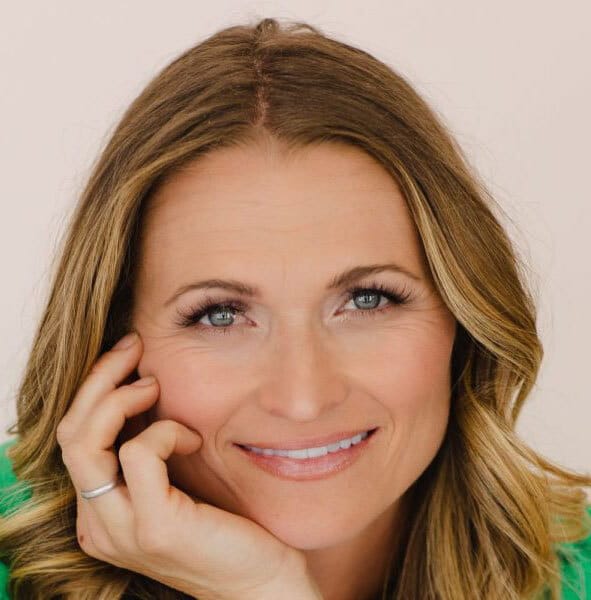
welcome back to the Bēhere RE Papers
Rethinking Education: Paper Two
Bēhere — The RE Papers
We rarely ask children what it feels like to grow up inside the modern school system.
If we did — truly listened, without defending the structure — we would hear something unmistakable:
Children feel trapped.
Not in a dramatic sense, not in a way that demands alarm, but in the quiet, daily constriction of their lives. A childhood of bells, hall passes, desk rows, and controlled movement shapes the nervous system long before a child can name the experience.
We don’t call it captivity.
But ask any school children how much freedom they feel between 8am and 3pm.

A System That Owns Their Time
From the moment children enter school, the most precious resource of childhood — time — is no longer theirs.
Every hour is managed.
Every moment is directed.
Every minute is accounted for by someone else.
Children go where they are told.
Sit when they are told.
Speak when they are permitted.
Move only in authorized intervals.
Even their curiosity is scheduled.
Schools call it structure.
Children experience it as confinement.
Movement Is Controlled
Human beings are wired for motion — especially young ones.
The body wants to explore, climb, run, touch, test, build, observe.
But traditional schools treat movement as a privilege, not a need.
“Sit still.”
“Keep your hands to yourself.”
“Recess is over.”
“Stop wandering.”
“Stay in line.”
Children spend most of their days restrained in chairs designed for adult control, not childhood development.
Suppressing natural movement doesn’t create focus.
It creates frustration, numbness, and disconnection from the body.
Curiosity Is Contained
A child’s attention is naturally abundant — it jumps, explores, wonders, follows threads. This is not disorder. It is intelligence discovering itself.
But school requires attention to behave like a machine:
linear, predictable, obedient, rhythmic to the clock.
In the real world, curiosity bursts in all directions.
In school, it must travel a single approved path.
A child who follows their interests too deeply is “off task.”
A child who asks too many questions is “disruptive.”
A child who learns too quickly or too slowly is “out of level.”
The system does not celebrate divergent minds.
It corrects them.
The Environment Is Artificial
Children evolved to learn in nature, in family, in community — observing adults, working with their hands, exploring landscapes, participating in daily life.
But school places them in an artificial world of:
fluorescent lights
indoor confinement
processed air
fixed furniture
static environments
sensory overload
Nothing about this environment speaks to the human soul.
Yet it becomes the backdrop of childhood.
Identity Is Defined Externally
The deepest captivity is not physical — it is psychological.
School teaches children to look outward for:
approval
validation
permission
authority
status
belonging
Their sense of self becomes entangled with:
grades, behavior charts, test scores, social rankings, teacher preferences.
Children learn who they are by how the institution measures them — not by their inner compass, passions, strengths, or character.
No wonder so many grow up disconnected from their purpose.
They were never given the space to discover it.
Resistance Is Pathologized
Any species in captivity shows signs of stress.
Children are no different.
When they resist — through emotions, fidgeting, boredom, daydreaming, silence, or outbursts — the system doesn’t see it as a message.
It treats it as a disorder.
Instead of asking why the environment doesn’t fit the child, we ask why the child doesn’t fit the environment.
This inversion is the quiet tragedy of modern education.
Childhood Wasn’t Meant to Be Small
Children are meant to roam.
To explore.
To make noise.
To build forts and follow trails and climb trees.
To imitate adults doing real work.
To be surrounded by siblings, younger and older children, and elders.
To be embedded in a living community.
Childhood is meant to be expansive.
School makes it small.
A childhood of confinement produces adults who struggle with:
confidence
agency
decision-making
creativity
risk-taking
inner authority
meaning
Not because they are broken —
but because they were never given room to grow whole.
The door to freedom is already open.
The educators and teachers in the system didn’t intend to create captivity.
But the system does what it was designed to do.
And the most hopeful truth is this:
Children do not need a new kind of cage.
They need a return to a more human scale of living and learning.
What comes next — a world of outdoor learning, family rhythm, community hubs, real-world contribution, sovereign curriculum, and child-led curiosity — is not extreme.
It is natural.
It is humane.
It is ancient.
It is our future.
And it begins when we decide to stop confusing captivity with education.
Member spotlight
Meet Mary Skinner

My family has been with Behere for 3 years. We discovered it in our 2nd year of homeschooling and it was the perfect blend of nature and education, exactly what my boys needed. They have developed deep friendships through this program and a love for nature and exploring . The guides have always been patient with my wild and very energetic boys, to which I am so thankful! They are always coming home with new interesting facts that they have learned. We are so grateful to Brooke and her family for this program, it’s always my boys favorite day of the week!
Got someone to nominate?
Tata for now.
Keep showing up, keep cheering each other on.
The Bēhere Team


